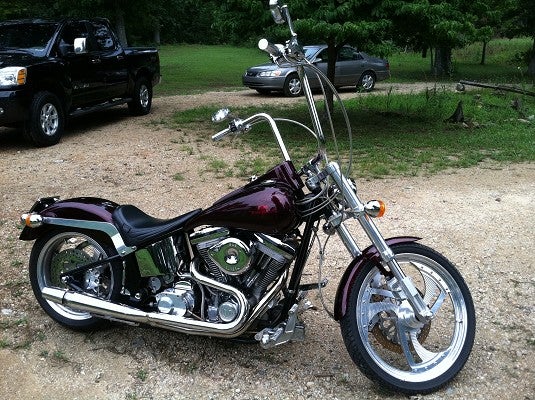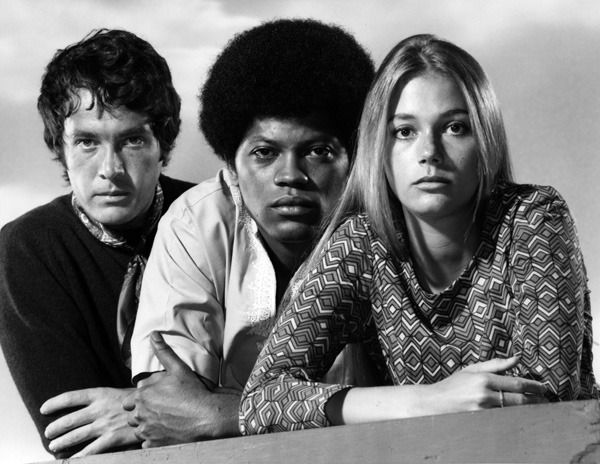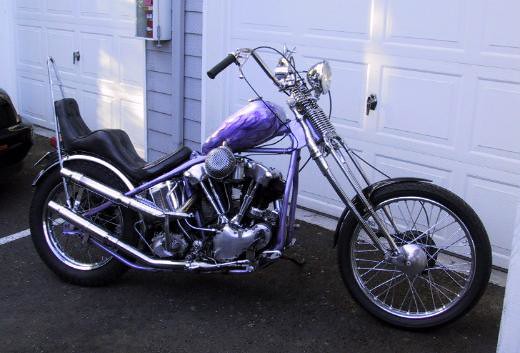
While still at the helm of Harley-Davidson, Walter Davidson, Sr. dies in Milwaukee.
Along with his brothers, William and Arthur, and their childhood friend William Harley, Walter Davidson, Sr. was one of the founders of Harley-Davidson and would become the company's first president.
Walter Davidson actually assembled the very first Harley-Davidson motorcycle that was built, but not yet assembled, by his brother Arthur and William Harley. Legend has it that he was so excited by the new machine that he immediately left his railroad job in the southwest and found work as a machinist in Milwaukee so he could help build the business. During the early (pre-employee) days of H-D, Walter assembled the motorcycles at night while continuing his job as a machinist during the day.
He would give the company its first major racing victory by earning a Diamond Medal in the 1908 F.A.M. New York endurance run. His performance in that butt-chafing run gave Harley-Davidson a great boost in name recognition and was a major selling point for a young motorcycle company trying to get a leg up.
Years later, as the president of Harley-Davidson, he became known for his charitable contributions but, at the same time he was known for his frugality, or cheapness, when it came to the company spending. Once, after a business luncheon at a New York City hotel, Davidson looked at the tab, deducted his own meal and listed only the meals of his associates as a business expense.
Davidson insisted on the highest quality standards in the motorcycles bearing the Harley-Davidson name. He was noted for reminding his co-workers that their real employer was the purchasing public not the dollar bill. Someone should remind Willie G.
Harley-Davidson models up to Walter Davidson's death were - Model's 0, 1, 2, 3, 4, 5, 6, 7D, X8D, X8E, 9A, 9B, 10F, 11F, D, J, J-solo, JA, JB, JD, JDA, JDS, JE, JS, R, RL, RLD, E (knucklehead), W, WL,WLA,WLC, WLD, WR, XA and Servi-car. Excuse me if I missed one.















